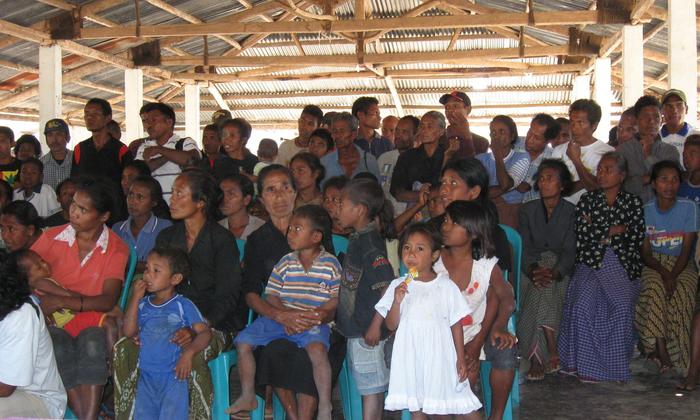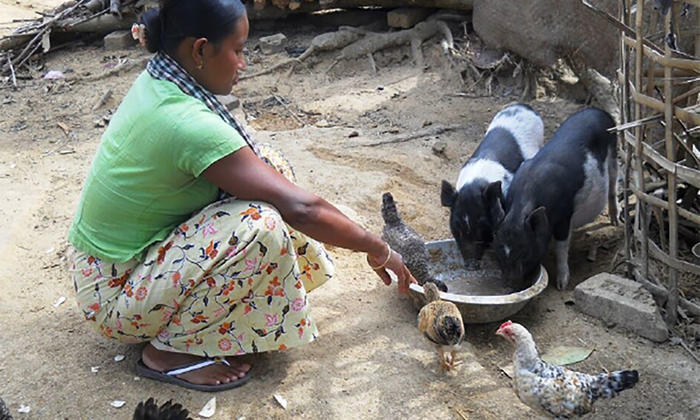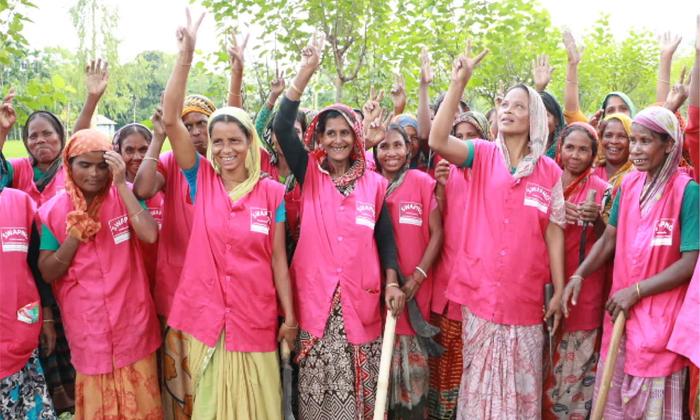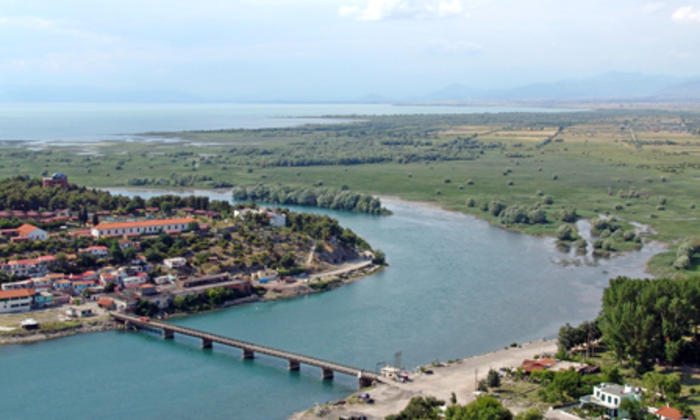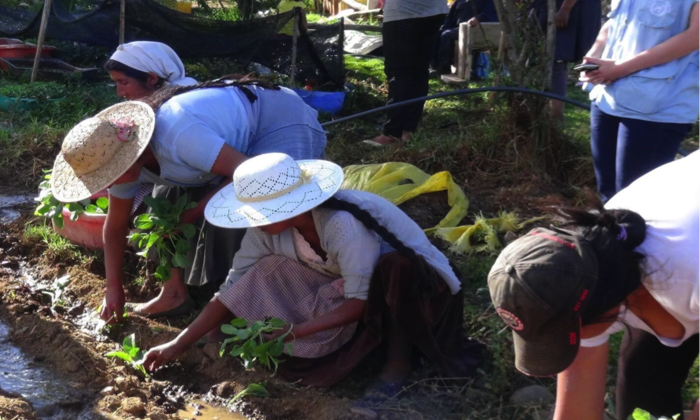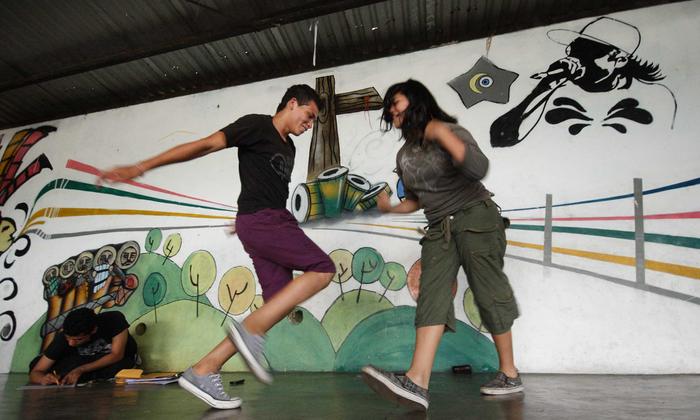Training and advisory services also focused on establishing relationships with suppliers, with the aim of guaranteeing a market for their products and thus ensuring the sustainability of the livelihoods of the families involved
Case study
Economic opportunities and citizenship for women in extreme poverty in Bolivia
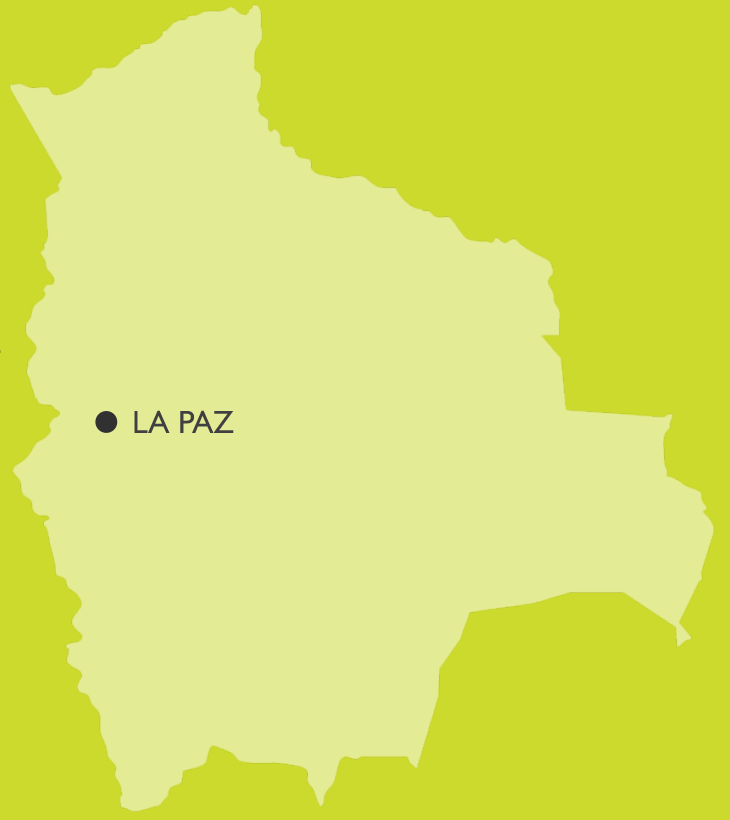
SDGs ADDRESSED
This case study is based on lessons from the joint programme, Productive patrimonial assets building and citizenship for women in extreme poverty in Bolivia
Read more
Chapters
Project Partners
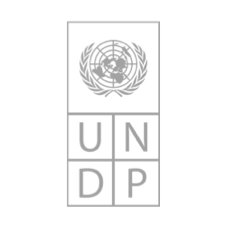
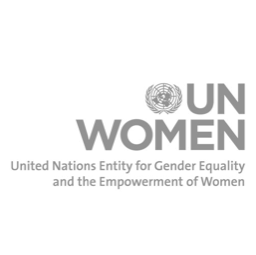
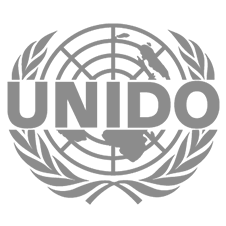
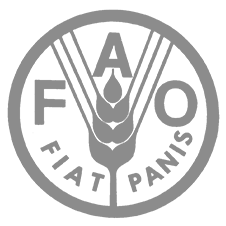
1. SUMMARY
The programme’s objective was to improve the socioeconomic situation of rural and indigenous women in Bolivia's poorest regions by providing them with sustainable livelihoods for themselves and their families.
It sought to develop a more favourable institutional environment to make women’s rights a reality. At the same time, education on women's rights was provided in rural communities, in municipal governments, as well as in various governmental and non-governmental institutions.
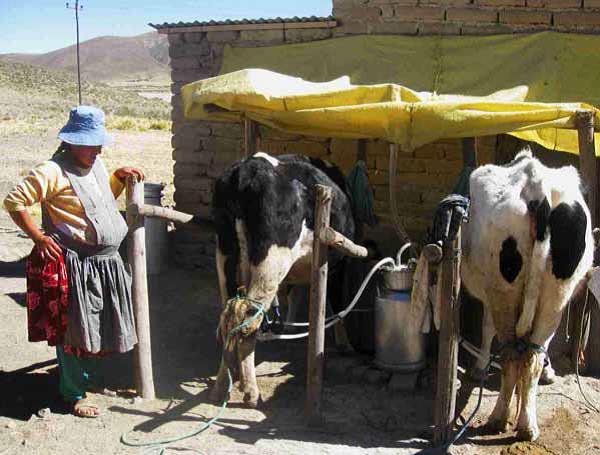
The strategy was to provide resources for excluded rural families starting with support and assistance to women
The programme was developed around two foundations:
- The creation of productive patrimonial assets for women, ensuring equal access to credit, assets, productive resources and technology.
- Strengthening women's exercise of citizenship, educating them on their rights and providing identity documents to women who did not have any
This case study presents a series of learning, results and practical examples whose objective is to reinforce and expand knowledge when it comes to working in business ventures with women.
2. THE SITUATION
Bolivia's socio-economic situation has shown a favourable improvement in recent years. However, the country still has high levels of poverty and social inequality, particularly in rural areas.
This situation particularly affects rural women, who suffer from a lack of services and job opportunities because of their isolation. Women’s participation in the labour market is very low; they usually work in informal economic activities and have low technical qualifications. In 2009, 63 per cent of women were family workers or apprentices without pay, while 24.6 per cent were self-employed workers. Only 9 per cent of women were formally employed and therefore entitled to receive social benefits. Generally, women acquire their training at home, under their mothers’ supervision. In that sense, their economic activity is almost an extension of their domestic work.
In this context, poverty not only refers to income levels or food consumption, but mainly to landlessness (only 1.2 per cent of the land is owned by women) as well as a lack of access to social benefits, financial services and assistance. As a result, rural women are unable to access the resources needed to carry out economic activities, nor can they enjoy full citizenship, due to their lack of identity documents and knowledge on exercising their rights.
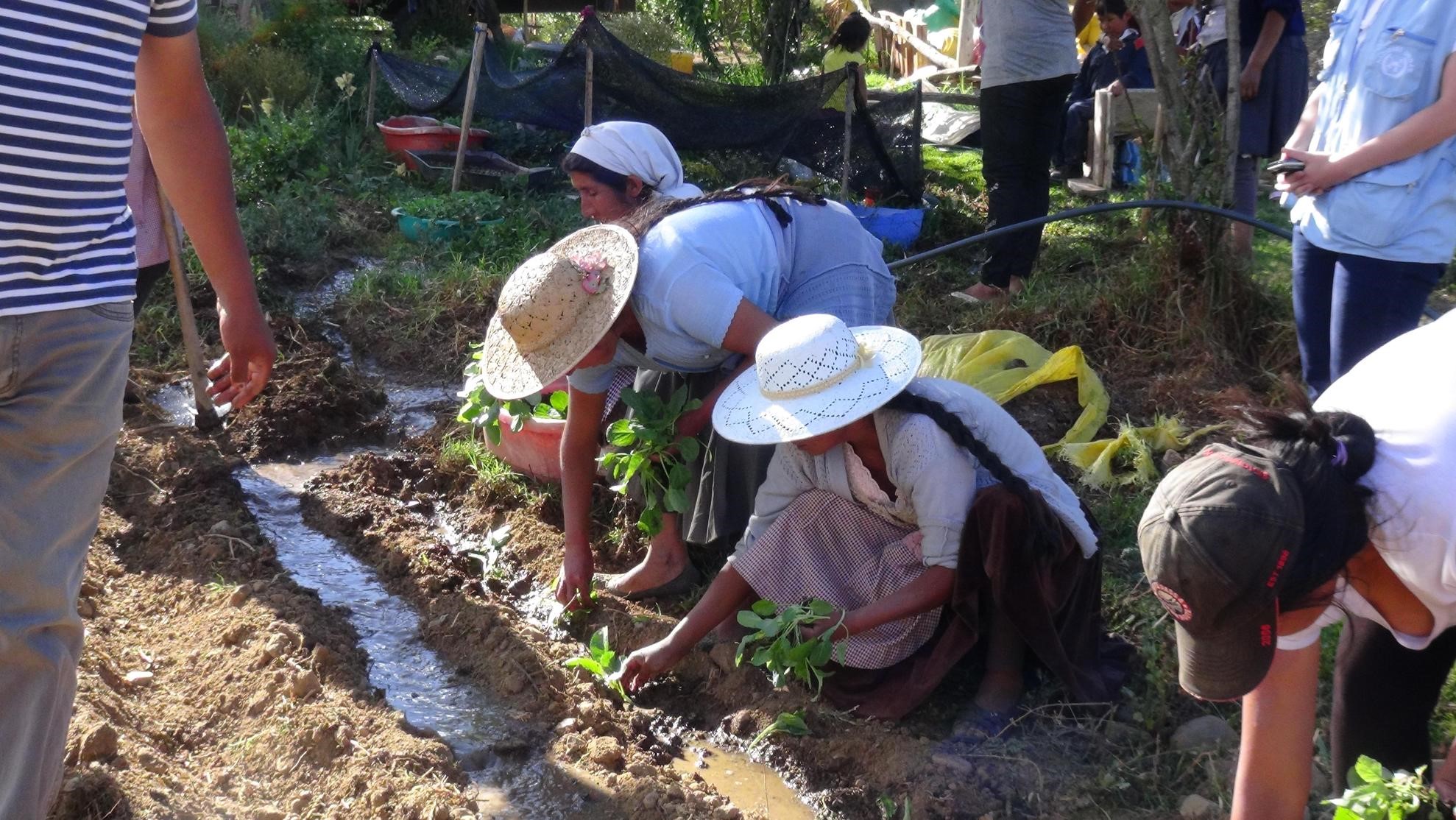
In Bolivia, only 1.2 per cent of the land is owned by women
3. STRATEGY
The programme focused on securing the economic and social rights of rural women, whose poverty and marginalization increase their vulnerability.
The strategy was to provide resources for excluded rural families starting with support and assistance to women through organizations called Rural Economic Units (REU). Specifically, women were helped to develop business ideas; they were given the seed capital necessary for the start-up of their companies. These women strengthened their capacities to improve the management, quality and marketing of their products. Training and advisory services also focused on establishing relationships with suppliers, with the aim of guaranteeing a market for their products and thus ensuring the sustainability of the livelihoods of the families involved.
At the same time, a strategy was developed to increase women’s political rights and exercise of citizenship. To this end, women were assisted in the process of requesting identity documents for those who did not have them and citizenship education was provided to women, communities and local authorities. The citizenship education took into account five central training concepts: i) rights to promote legal equality; ii) rights to promote State care; iii) rights to promote non-discrimination; iv) strengthening of public organizations whose obligation is to guarantee that rights are exercised; and v) procedures, skills and abilities to approach the aforementioned organizations.
The applied approach, which combined personalized technical training with the strengthening of civic capacities, proved to be effective. From the women’s point of view, the programme contributed to an increase in their income, enabling them to better meet the daily needs of their family, including food security and education. In addition, identity documents and organisational strengthening contributed to reinforcing their participation in decision-making processes in their homes and communities.
4. RESULTS AND IMPACT
The programme contributed to poverty-reduction by providing funding to women entrepreneurs, also empowering them to make decisions in family and community matters.
Prior to the intervention, 81 per cent of women did not meet the necessary requirements to access financial services. At the end of the programme, all women participants had access to savings accounts, lines of credit, remittances and payments for services, etc. As a result, employment was improved or jobs were created for 5,090 women, who increased their patrimonial assets by an average of 50 per cent. In addition, around 2,000 women received basic training in production, management and income and expenditure accounting. At the same time, participants indicated that they had spent 63 per cent of their earnings to meet the needs of their families, greatly improving the initial family situation.
The programme also allowed 3,748 women to enjoy their full right to citizenship for the first time, as well as 9,397 people belonging to their family circle In addition, women's organizations' political advocacy and observation capacities were also strengthened through sensitisation on rights, leadership training, and broadening their areas of participation in public life.
Before the programme, only 22 per cent of the participants exercised their right to vote, due to lack of information and identity documents. After the intervention, 97 per cent of the women participating took part in electoral processes. Equipped with their identity documents, the women participants were in a position to create organizations authorized for political participation. In fact, 30 per cent of female entrepreneurs who participated in civil rights training courses were nominated as candidates to lead productive or community organizations, and 60 per cent of them were elected.
Municipal authorities also received training in women's rights, and four municipal governments began implementing projects to promote gender equality. In the interviews conducted, 94 per cent of the women stated that their situation improved significantly with the programme’s help.
In qualitative terms, the intervention helped lift many women from their isolation, and allowed each of them to recognize their abilities and learn to value themselves. This had a significant impact on the women’s self-esteem and stance in their home and community setting. The beneficiaries went from a situation of subordination to another in which they are better respected, reducing family tensions. As a result of this internal change in women, it is less likely that a woman would tolerate being a victim of domestic violence since her economic autonomy is an important step in influencing her economic and gender rights. The community increasingly believes that women are local economic stakeholders who contribute to society’s development.

5. CHALLENGES
- Gender units, integrated into municipal governments to serve women and offer guidance in the exercise of rights, and were considered exclusively as part of the social sphere, without any correlation to productive development. As these units were independent of the rest of the institutional structure, the lack of a transversal gender perspective affected not only economic rights, but also departmental and municipal development plans. The programme raised this issue with the authorities, who finally agreed on a work plan to strengthen the gender focus in the new municipal development plans and in the rewriting of policies.
- To guarantee women’s participation in training and technical assistance processes involves adjustments in terms of schedules, transportation and logistics, and even childcare systems for their young children. Work with women-led enterprises must balance the responsibilities that women assume in economic activity with the rest of the obligations in their environment, especially in the case of households headed by women.
- Despite the impact on women's work activities and the increase in their household economic contribution, their responsibilities for domestic work and parenting did not change nor did they reorganize tasks in regards to the rest of the family. This situation should be considered a pending task for future interventions. On the other hand, their partners’ inclusion in training processes created a basis of trust for the programme’s development.
- There is still a long way to go to achieve institutional milieus that are favourable to women's rights, both in municipal and departmental governments. Such is the case that the original design of the citizenship service, which included land titling, had to be finally removed from the intervention, because the institution responsible for carrying out the process presented objections, most of them bureaucratic, which prevented the signing of agreements.
- Staff turnover of medium or long-term initiatives (greater than two years) creates information gaps and long adaptation processes. To shorten them, permanent information strategies and the maintenance of an up-to-date institutional report are needed.
- The age group with which work is being done determines the levels of participation. The adaptation and contextualization of methodologies and training tools, taking into account the cultural and language aspects of the women, contribute to satisfy their learning demands.
- Staff turnover of medium or long-term initiatives (greater than two years) creates information gaps and long adaptation processes, which can only be shortened with permanent information strategies and the maintenance of an up-to-date institutional report.
- Support processes for economic activities should consider actions over periods greater than two and a half years, since it takes that time for new businesses to consolidate and become sustainable.
- For the development of the programme’s biannual reports, it was necessary to resort to information from the country's public system, which in several cases used different indicators. To alleviate this deficit, the programme’s monitoring system was comprehensively changed, with the incorporation of qualitative indicators measured periodically, improving the monitoring of the situation of the programme’s women beneficiaries.
6. LESSONS LEARNED
- The programme is a reference point for the ability and impact of the United Nations when its agencies work in a coordinated and multidimensional way, contributing their knowledge and experience. However, for an intervention to be successful it is very important that the different agencies’ roles are clear and that agreements are established on the common objectives, reaching mutual learning on the part of the agencies and related institutions.
- Non-reimbursable funding can provide a significant benefit to women to the extent that it improves their businesses, generates income and improves their self-esteem, and they also receive recognition as leaders of their own development processes.
- Carrying out the programme's strategy through the Rural Economic Units (REU) also produced institutional strengthening, favouring women's groups. Once the creation of communal organizations and other productive associations is encouraged, women tend to organize themselves to solve their problems, developing joint efforts to exercise their rights.
- The success of the enterprises developed by women makes it possible to make women’s work in their families visible, in their role as providers of the home and as promoters of development in their community.
- The integration and ownership of the programme by the Government for the creation of public policies, as well as the incorporation of other public and private stakeholders, contributes to the consolidation, sustainability and ownership of development initiatives.
- The best way to build women's capacities is by providing personalized on-site technical assistance to meet specific and practical demands. This type of technical assistance enables substantial improvements in productivity, so that a small business can become a medium or even large company.
- Capacity-building and awareness-raising efforts targeting political authorities and community leaders have proven to be effective in increasing levels of programme support and developing a more supportive and gender-sensitive environment.
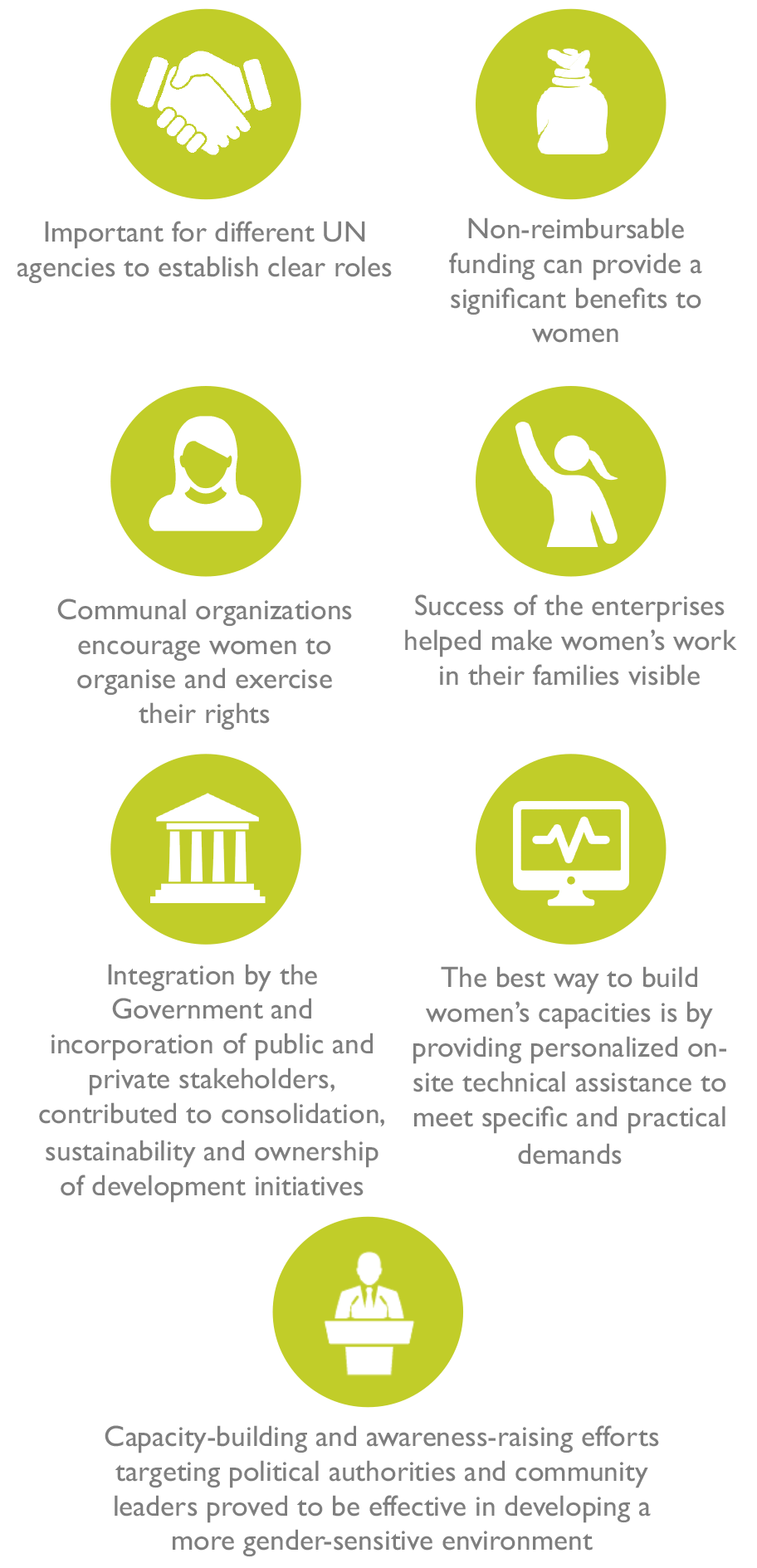
7. SUSTAINABILITY AND POTENTIAL FOR REPLICATION
The intervention methodology developed by the programme can serve as a guide for the design of a new public policy framework or development projects focused on poverty-reduction and the empowerment of women.
From the outset, the design of the programme incorporated aspects related to its sustainability, integrating different public stakeholders at all three levels of government, NGOs and civil society, especially in the creation and participation of actions. Involving women beneficiaries in the programme's efforts meant that they adopted the programme as their own. This ownership is precisely what is needed for the sustainability of the actions.
Work on demand was one of the elements most valued by the beneficiaries
The programme attended to women “on demand”. The women decided with which business they wanted to participate, some chose to change their activity while others chose to strengthen the one they were developing. Work on demand was one of the elements most valued by the beneficiaries, and a guarantee for the sustainability of the intervention, since nothing was imposed. In addition, women's enterprises tend to be sustainable over time. Women have a high social focus because of their broad-based relationship with the community and often involve family members in activities.

